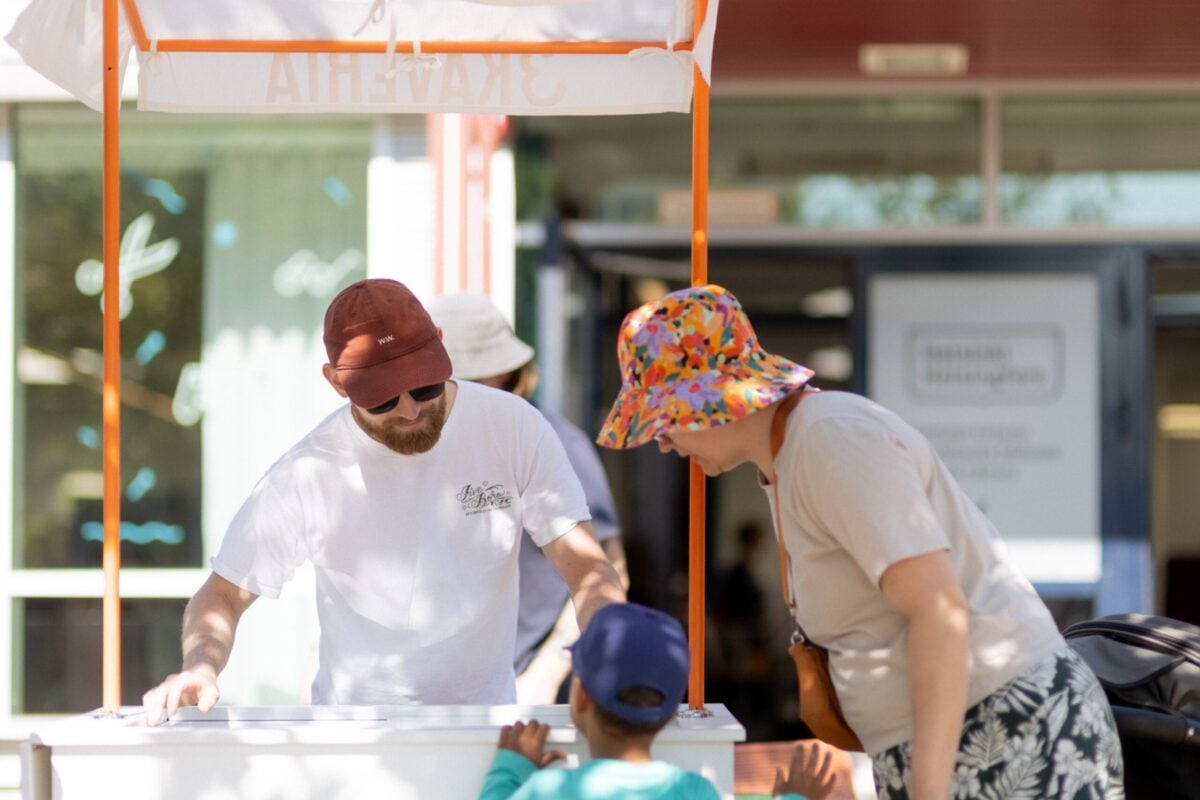Slavery has always been one of the most dangerous practices worldwide. According to the statistics of the 2017 Global Slavery index, 40.3 million people are living in modern slavery, 28.7 million of whom are women and young girls. The United Nations has been committed to including the eradication of modern slavery, human trafficking, and child labor in the list of sustainable development goals it intends to achieve by 2030.
Perhaps the most glaring obstacles to realizing this goal were the lack of sufficient data and the difficulty of collecting reliable, clear, and measurable information, which makes it more difficult to develop action plans and formulate policies based on real evidence. One of the most striking examples of child exploitation is in South Asia where children are forced into labor in brick kilns, used for the manufacturing of red bricks. These kilns heavily rely on child labor. The fact that the circle of abuse and exploitation is further expanding proves how dangerous this issue is, which poses a threat to the well-being of vulnerable communities.

In an attempt to address this challenge, The Rights Lab 137 initiative, established by the University of Nottingham, launched a specialized project called Slavery from Space. This project aims at ending slavery around the world by monitoring and using satellite imagery to locate suspected sites and conducting accurate analyses and statistics about slavery in these locations. This project is implemented in collaboration with experts from the scientific community, experts in modern slaves, and citizens alike. It also relies on machine learning technology and traditional scientific research methodologies.
Since its launch in 2017, the project has established a set of goals and objectives, including the study of South Asia's brick kilns to determine their locations, area, and the number of enslaved people living nearby. Images of separate parts of the land would be taken to estimate the rapid geographic expansion of developing countries and determine whether the fishing and agricultural sectors are employing human labor rather than machinery. Once the data is collected through satellites and estimated samples are gathered, illegal locations are disclosed and local NGOs become involved in rescuing slaves working in kilns. This was the case in the northern Indian state of Rajasthan where project volunteers helped the state achieve its commitment to decreasing the number of enslaved workers to 18 million by 2030. The research scope even expanded to include other Indian regions, such as Punjab.
The Rights Lab 137 relies on Google Earth to obtain satellite imagery. Within a short period of time, several brick kilns were located in Rajasthan and were referred to as the "brick belt" through an Open Online Course organized by the University of Nottingham and in the presence of all participants.
A group of leading public and private institutions, led by the British Home Office, have cooperated with Survivor Alliance, Digital Globe, and Zooniverse. This collaboration, as well as the project's goals and nature, were announced on social media to reach as many people as possible and attract large numbers of participants and volunteers.







